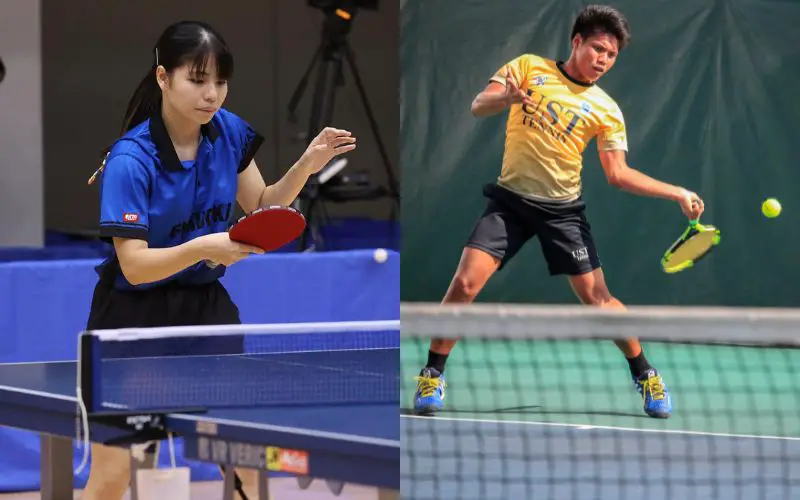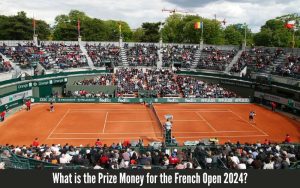Table tennis is played with small rackets and a lightweight ball on a small table, while tennis is played with larger rackets and a heavier ball on a larger court. Both sports require different skills, techniques, and playing surfaces.
Table tennis focuses on quick reflexes and precision, while tennis incorporates more movement and power. Table tennis, also known as ping pong, is a fast-paced indoor game that demands agility and rapid reactions.
In contrast, traditional tennis is played outdoors and involves strategic placement and varying shot techniques.
Despite some similarities in scoring and ball-handling techniques, the two sports cater to different preferences and playing styles.
Understanding the distinctions between table tennis and tennis can help enthusiasts engage more effectively in either sport, enhancing their experience and skill level.
Origins And History
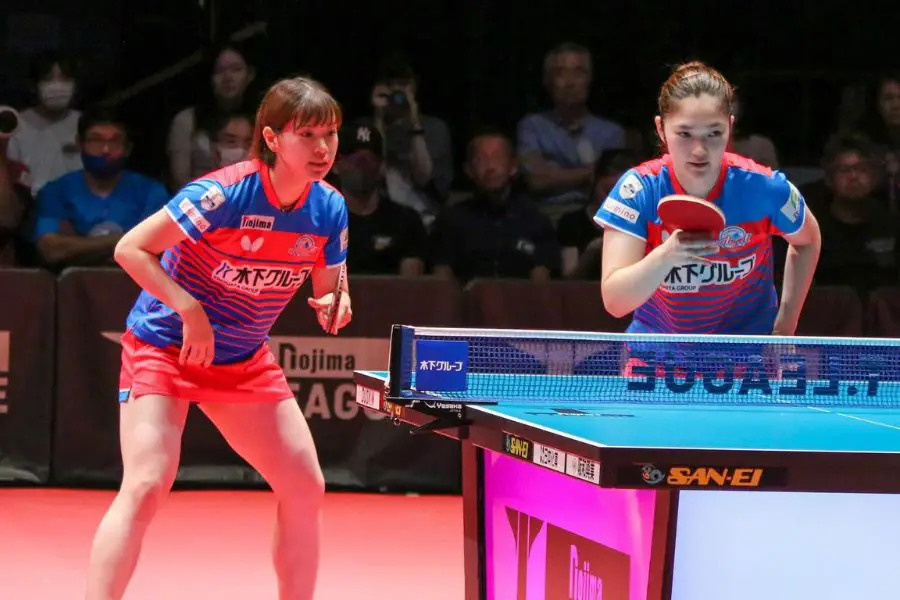
Table Tennis: Table tennis, also known as ping pong, originated in the 1880s in England. It gained popularity as a leisure activity and became an Olympic sport in 1988. The sport has a global following, with professional tournaments and competitions held worldwide.
Tennis: Tennis dates back to the 12th century in France, evolving from a game called “jeu de paume.” Over the years, it has become a prestigious sport, with major events such as Wimbledon, the US Open, and the French Open attracting top players from around the world.
Table Tennis Dynamics
When comparing table tennis and tennis, the indoor setting requirements play a significant role. Table tennis is played on a table that is 9 feet long, 5 feet wide, and 2.5 feet high, with a net dividing the table down the middle.
The net height is 6 inches, creating a controlled environment that enables fast-paced gameplay. In contrast, tennis is played on a larger outdoor court, with more emphasis on physical endurance and movement.
The flooring and space considerations for table tennis are crucial to ensure a smooth playing surface and adequate room for players to move around. Therefore, understanding these differences is essential for both players and venue organizers.
Tennis Fundamentals
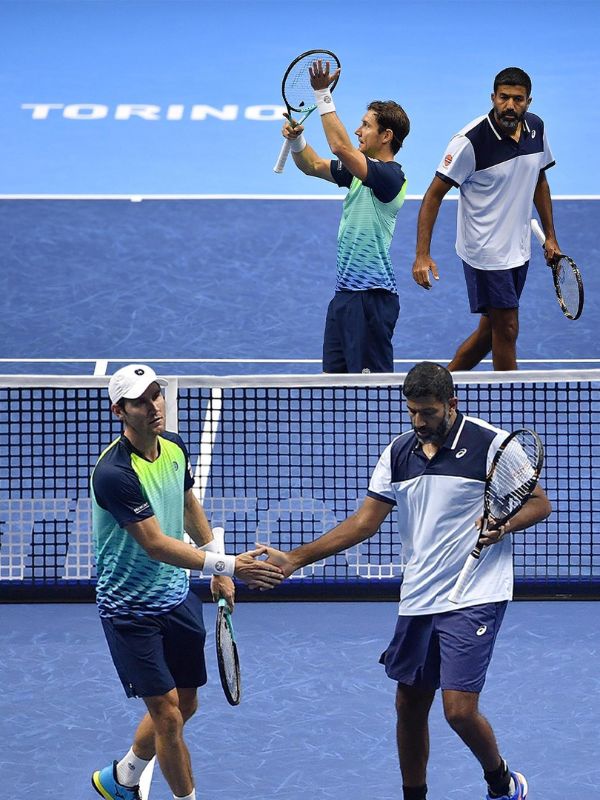
Table tennis and tennis are both popular racket sports, but they have distinct differences. Table tennis, also known as ping pong, is played on a smaller table with small paddles and a lightweight ball. The game requires quick reflexes and rapid hand-eye coordination.
On the other hand, tennis is played on a larger court with a net, and players use rackets to hit a heavier ball back and forth over the net.
When comparing court dimensions and net regulations, tennis courts can have different surfaces including grass, clay, or hard court, each with its own set of rules and playing styles. Net regulations for table tennis are fixed, with the net height and tension strictly regulated.
When it comes to indoor versus outdoor play, table tennis is often an indoor sport, while tennis can be played in both indoor and outdoor settings.
Tools Of The Trade In Table Tennis
Table Tennis vs Tennis involves distinct differences in the tools used for gameplay. In Table Tennis, players utilize a variety of racket variations with different rubber types to suit individual playing styles.
The specifics of the ball and its weight significantly impact the game, creating a need for careful consideration.
Furthermore, players have specific clothing preferences, emphasizing comfort and flexibility to ensure optimal performance during matches.
Tennis Gear Essentials
When it comes to Tennis Gear Essentials, there are distinct differences in tennis rackets and strings. With table tennis, the rackets are smaller and lighter. In contrast, tennis rackets are larger and heavier. The strings are also tighter and thicker, providing more power in tennis.
The construction and design of the balls used in each sport also differ. Table tennis balls are typically made of celluloid or plastic, offering a hollow, lightweight feel.
On the other hand, tennis balls are pressurized and covered in felt, creating a heavier, more durable design.
Players’ attire also varies between the two sports, with tennis matches calling for specific Attire suited for tennis matches. Tennis players often opt for specialized tennis shoes designed for lateral movements, whereas table tennis players can wear regular athletic shoes.
Additionally, the attire for tennis is more formal, with players typically donning shirts, shorts, skirts, and dresses, as opposed to the more casual attire commonly worn for table tennis matches.
The Framework Of Table Tennis
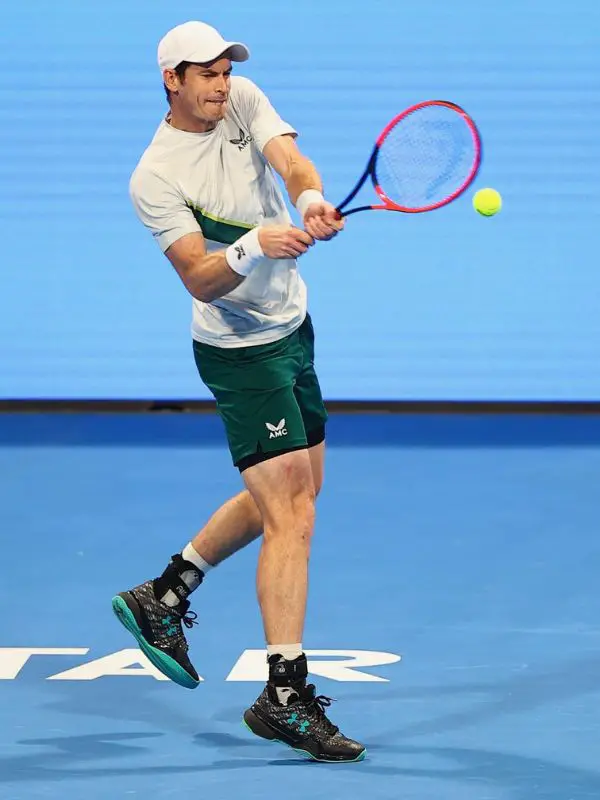
Table Tennis and Tennis are two distinct racket sports with differing rules, equipment, and playstyles. In Table Tennis, the framework comprises a smaller playing area and a lightweight ball, whereas Tennis is played on a larger court with a heavier, larger ball.
When serving in Table Tennis, players must adhere to specific serving and volley rules, whereas Tennis features more varied serving techniques. Points are scored differently in each sport, with Table Tennis utilizing an 11-point game system and Tennis following a 15, 30, 40, game-set-match structure.
Foul play in Table Tennis results in penalties such as the loss of a point or a let, whereas Tennis has its own set of common fouls and corresponding penalties.
Understanding these differences enhances the appreciation for both sports and enables players and enthusiasts to engage more fully in each game.
Tennis Regulations
Table Tennis (TT) and Tennis are two distinct sports with differences in regulations, gameplay, and equipment. Serve and return game mechanisms in Tennis involve the server hitting the ball into the opponent’s service box, followed by a return.
In Table Tennis, the serve alternates every two points, and the ball must bounce on both sides of the net. Set and match scoring formats in Tennis typically involve winning six games in a set and leading by two games. Table Tennis sets are played to 11 points, with the best of 5 or 7 sets typically determining the winner.
Both sports have code violations and player conduct regulations, but penalties and behavioral expectations differ. Understanding these variations illuminates the unique challenges and excitement associated with each sport.
Mastery In Table Tennis
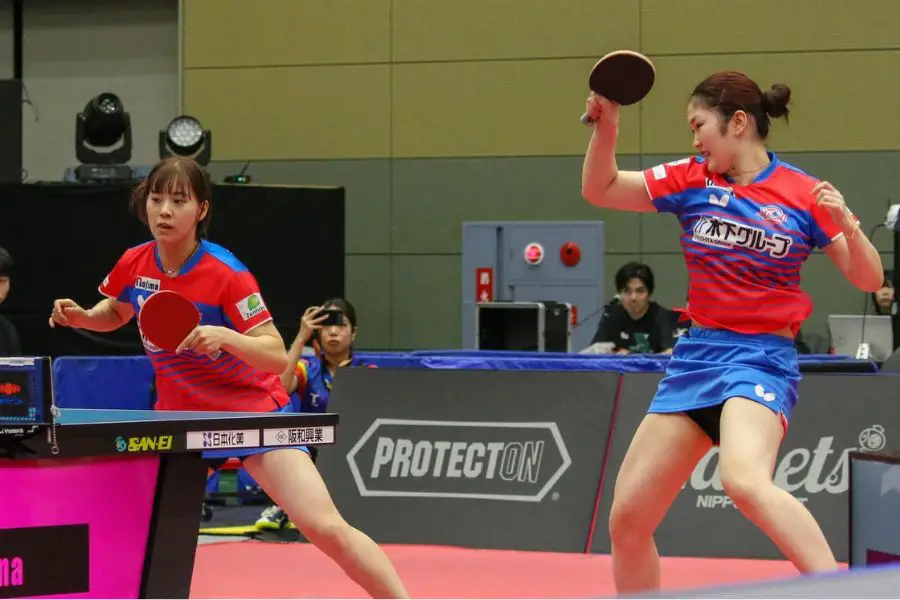
Table tennis and tennis are both racket sports but have distinct differences in terms of gameplay and techniques.
In table tennis, players focus on mastering offensive and defensive strokes to outplay their opponents. The spin and speed strategy in table tennis involves precise control and quick adjustments to maintain an advantage. Additionally, table tennis requires footwork and agility focus as players need to swiftly move around the table to return fast-paced shots.
On the other hand, tennis emphasizes powerful serves and groundstrokes, and players must cover a larger court area. Overall, achieving mastery in table tennis demands a unique set of skills and tactics compared to traditional tennis.
Tennis Technical Nuances
Table tennis and tennis both require precision and technique, but they differ in several aspects. Tennis involves a wide array of stroke varieties, each with tactical uses. Players must harness power and endurance to excel in the sport, as prolonged matches demand physical resilience.
The court coverage and strategic movement in tennis rely on swift and calculated maneuvers to outmaneuver opponents. Conversely, table tennis emphasizes quick reflexes and agility, demanding nimble footwork and rapid hand-eye coordination.
Though both sports require finesse and skill, they diverge in the technical nuances and physical demands they entail.
Table Tennis Global Stage
Table tennis and tennis are two distinct racquet sports with significant differences. While both sports share the fundamental objective of hitting the ball over the net, they differ in various aspects.
In table tennis, major tournaments like the World Table Tennis Championships and the ITTF World Tour Final are prominent on the global stage. The ranking system in table tennis is managed by the International Table Tennis Federation (ITTF) and ensures a precise evaluation of players’ performances.
Table tennis has seen the rise of iconic players such as Ma Long and Ding Ning, who have showcased their exceptional skills and contributed to the sport’s global appeal. When it comes to notable matches, encounters like the legendary 2012 Olympic men’s singles final between Zhang Jike and Wang Hao have captivated audiences worldwide, underlining the sport’s competitiveness and excitement.
Tennis Tour Highlights
Table Tennis, also known as ping pong, is a fast-paced indoor sport played on a table divided by a net. It requires quick reflexes, agility, and precision. The game is played with small paddles and a lightweight ball compared to traditional tennis.
On the other hand, tennis, often referred to as the “sport of kings,” is played on a larger court with a net, using racquets to hit a felt-covered ball. Tennis matches can be played on different surfaces such as grass, clay, or hard courts, each influencing the game’s dynamics.
The Tennis Tour Highlights encompass Grand Slam events and the ATP/WTA tours. These events showcase top-tier professional players competing in prestigious tournaments to secure titles and rankings.
Legendary champions like Roger Federer and Serena Williams have forged epic rivalries, captivating fans with their remarkable skills and tenacity.
Table Tennis In Society
Niche following and community impact: Table tennis has a dedicated following in many countries, with communities and tournaments bringing enthusiasts together. The sport’s accessibility allows for diverse participation and fosters a sense of camaraderie.
Additionally, table tennis has been portrayed in various films and literature, contributing to its cultural significance.
Tennis Global Impact
Table Tennis and Tennis both have a global impact in the world of sports. Tennis attracts a broader audience due to its extensive television coverage and high-profile tournaments such as Wimbledon and the US Open. The sport also holds significant cultural significance, with players becoming household names and possessing celebrity status.
Table Tennis has gained popularity in diverse regions, with a strong following in Asia and Europe. Its inclusion in the Olympics has contributed to its global appeal. Players like Ma Long and Ding Ning have become national heroes and have elevated the sport’s status.
The endorsements and celebrity status of Table Tennis players have significantly increased in recent years, reflecting the growing interest and recognition of the sport on a global scale.
Grassroots To Championships In Table Tennis
Table tennis and tennis are two popular racket sports with distinct differences. While both sports require skill and athleticism, table tennis is often more accessible for amateurs and professionals alike. With the variety of leagues and entry points, table tennis provides opportunities for players of all skill levels to compete and improve their game.
The sport’s fast-paced nature and technical demands also make it an appealing choice for those looking for a challenging and rewarding athletic pursuit. On the other hand, tennis, with its longer history and different playing surface, offers a unique experience for players.
Grassroots to championship levels in both sports offer exciting opportunities for players to develop their skills and compete at high levels.
Leveling The Court In Tennis
Table tennis and tennis are both beloved racquet sports that have carved out their place in the sports world. Despite sharing a similar foundation, the differences between the two are quite significant. In table tennis, the playing area is smaller and the ball itself is different, requiring a different set of skills compared to traditional tennis.
Additionally, the level of international participation in table tennis is immense, with diverse players coming from various cultural backgrounds and skill sets. Conversely, tennis has a more established pathway from local clubs to professional tours, providing aspiring players with a clear route to advancing their careers and reaching the global stage.
Both sports offer unique experiences and challenges, making them equally captivating to enthusiasts and spectators alike.
Athleticism In Table Tennis
Table Tennis and Tennis both require a high level of athleticism. In Table Tennis, players need to showcase exceptional agility and lightning-fast reflexes.
The continuous, rapid movements on the court demand a quick response time and nimbleness to cover the table effectively and return shots with precision. Mental sharpness is equally essential in both Table Tennis and Tennis. Players in Table Tennis need to strategize their shots, anticipate their opponent’s moves, and maintain a strong game psychology to outwit their rivals.
Similarly, Tennis players must possess the mental fortitude to adapt to the fast-paced nature of the game, make split-second decisions, and stay focused during intense rallies.
Endurance In Tennis
Table tennis and tennis are both racquet sports, but they differ in various aspects. In terms of endurance, tennis requires high physical intensity and stamina due to the larger court size and longer duration of matches.
Players in tennis need to cover more ground and sustain energy levels to withstand tough rallies and game points. On the other hand, table tennis demands quick reflexes and explosive movements for short, intense rallies, enhancing the player’s psychological resilience and match strategy.
Both sports challenge endurance in distinct ways, making them unique in their physical and mental requirements.
Is Table Tennis More Difficult Than Tennis?
Table tennis requires different skills than tennis, making it challenging in its way. Both sports have unique difficulties.
Is Table Tennis Related To Tennis?
Yes, table tennis is related to tennis but they are different sports. Table tennis is often referred to as ping-pong and is played on a smaller table.
What Is The Difference Between Tennis And Lawn Tennis?
Tennis and lawn tennis are the same. The term “lawn tennis” is used to distinguish it from other forms of tennis, like table tennis. Both refer to the same sport played on a court with rackets and a ball.
What Is The Difference Between Table Tennis And Pong Pong?
Table tennis is the formal name for the sport, while ping pong is the recreational term. Both refer to the same game.
Conclusion
It’s clear that while table tennis and tennis share similarities in terms of physical skills and strategic thinking, they are distinct in terms of court size, equipment, and rules.
Both sports offer unique benefits and enjoyment for participants, catering to different tastes and preferences. These differences can help players appreciate and enjoy each sport individually.

